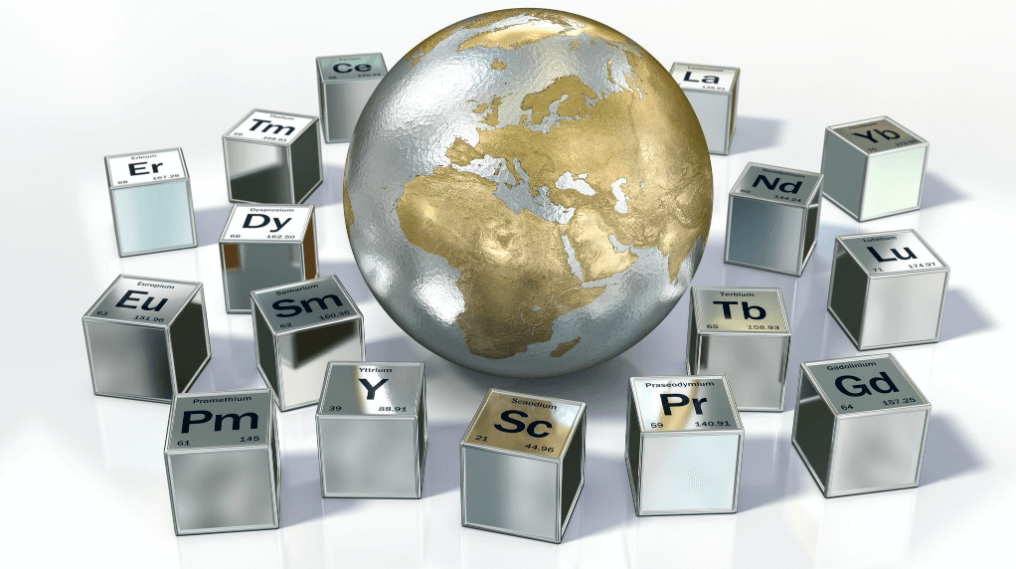
Metals are currently the oldest toxins that are known. Approximately 80 of the 105 elements are known to be metals in the periodic table, although less than 30 have been reported to cause toxicity in humans. As micronutrients, several metals are necessary and play a critical role in tissue metabolism and development. Inhalation through the air, absorption through the gastrointestinal tract and dermal contact are causes of contact to metals in humans. The ingestion, aggregation, and metabolism of metals from various exposure routes can be very various.
Heavy metals are commonly considered potential pollutants in soil and groundwater environments. Mining, smelting, and various industrial as well as anthropogenic causes are major sources of degradation of heavy metals. In addition, agricultural waste and land-based sewage sludge also contain large concentrations of heavy metals, posing a risk for all croplands, livestock and humans. mercury metal has also found several new uses. Many recorded cases of soil pollution, the source of toxins, have been found to contain a number of species of heavy metals rather than a single heavy metal ion.
Uses of Copper in Everyday Life
Copper in pure or alloy form is just as much as everyday material as it is a high tech medium. It is used in nearly all areas of everyday life. Large sectors of industry including transport, energy production, and distribution, manufacturing, and artisans use an incredibly wide range of copper materials.
However, copper is also irreplaceable in new technologies. Both in new silicon chips or modern railway vehicles – copper can be found everywhere when a reliable high tech material is required. One of the simpler uses of copper is in photocells as copper disks, oxidized on one side. A thin, translucent metallic film is then coated over the oxide. About 9% of copper is used in the transport sector. The motor industry uses copper above all, for electrical installation and electronics such as wire harnesses and connectors.
Application of Mercury Metal
In electrical devices and electrochemistry, Mercury Metal has also identified many new uses. It became a much-used component of switches. The mercury cathode was used in order to avoid possible preferential interaction between the metal components and the metal cathode. Other applications of mercury compounds in horticulture, as mercurous chloride to the soil, or as foliar sprays on fruit trees, also have negligible effects on amounts of the element found in the soil or crops.
Mercury is a poisonous metal that is progressively regarded as a health threat to various species of animals and tens of thousands of people worldwide. As early as the sixth century BC, the ancient Egyptians evidently learned how to create amalgamations of Sn and Cu, and there were parallel applications of Hg metal and cinnabar in medicine in China and India. A growing range of applications in industry, such as in the Hg-cathode electrolytic cell used in the Chlor-alkali phase, were later found in the alloy.